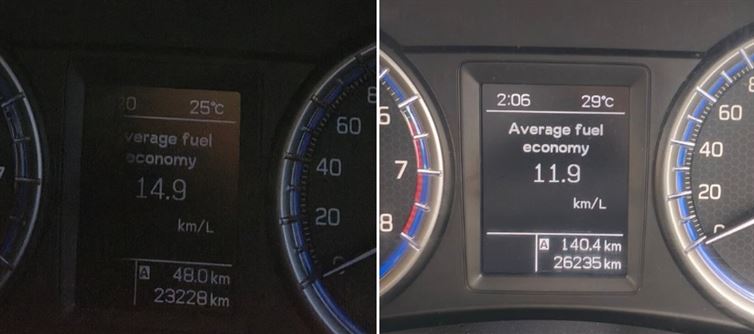
A post on X sparked a heated discussion about the impact of India’s recent shift to E20 petrol—a blend of 20% ethanol and 80% petrol. The images, captured from the same vehicle, compare fuel economy readings under two different ethanol blends: one showing an average fuel economy of 14.9 km/L with E10 (10% ethanol) at 23,228 km, and another dropping to 11.9 km/L with E20 at 26,235 km.
This significant reduction of approximately 3 km/L has led Kapil to question the economic implications, noting a Rs 200 loss on Rs 1000 worth of petrol and suggesting that more fuel is required to cover the same distance. The post, tagged with mentions of indian ministers nitin gadkari and Hardeep Singh Puri, hints at a broader critique of the government’s ethanol blending policy, raising concerns about who truly benefits from this shift.
The rollout of E20 petrol, mandated by the indian government to reduce pollution and boost farmers’ incomes through increased ethanol production from sugarcane, has been met with mixed reactions. Kapil’s post aligns with a growing chorus of vehicle owners and automotive experts who report noticeable declines in fuel efficiency and potential engine compatibility issues, particularly with older vehicles not designed for higher ethanol blends.
The images serve as a visual testament to these concerns, with the drop from 14.9 km/L to 11.9 km/L suggesting a real-world impact that contrasts with official claims of only a marginal 1-6% mileage reduction. This discrepancy has fueled speculation about hidden costs to consumers, especially as the government pushes forward with its ambitious target of achieving 20% ethanol blending nationwide, a goal reached five years ahead of schedule in July 2025.




 click and follow Indiaherald WhatsApp channel
click and follow Indiaherald WhatsApp channel